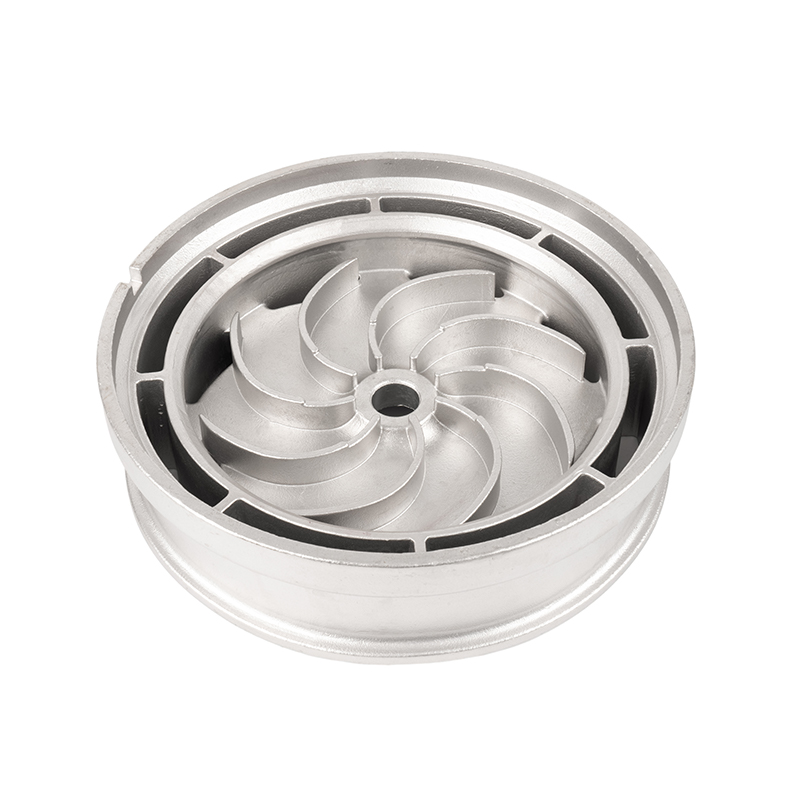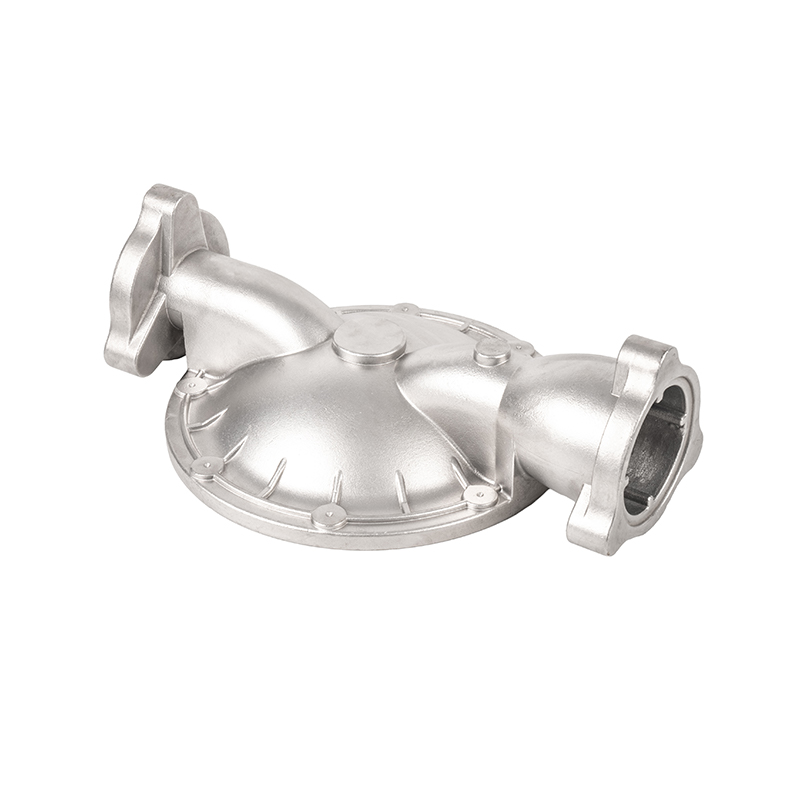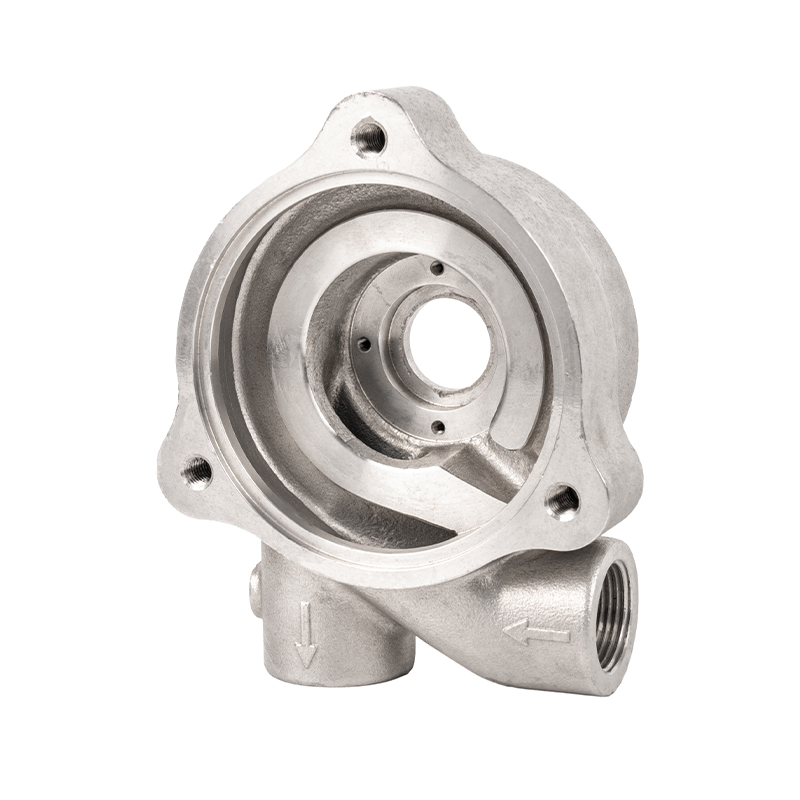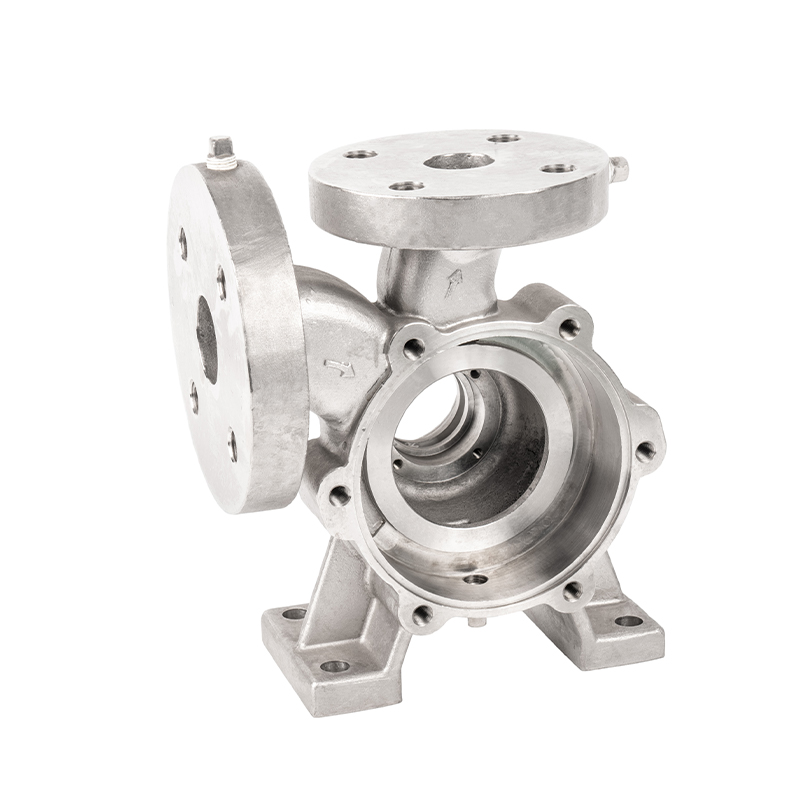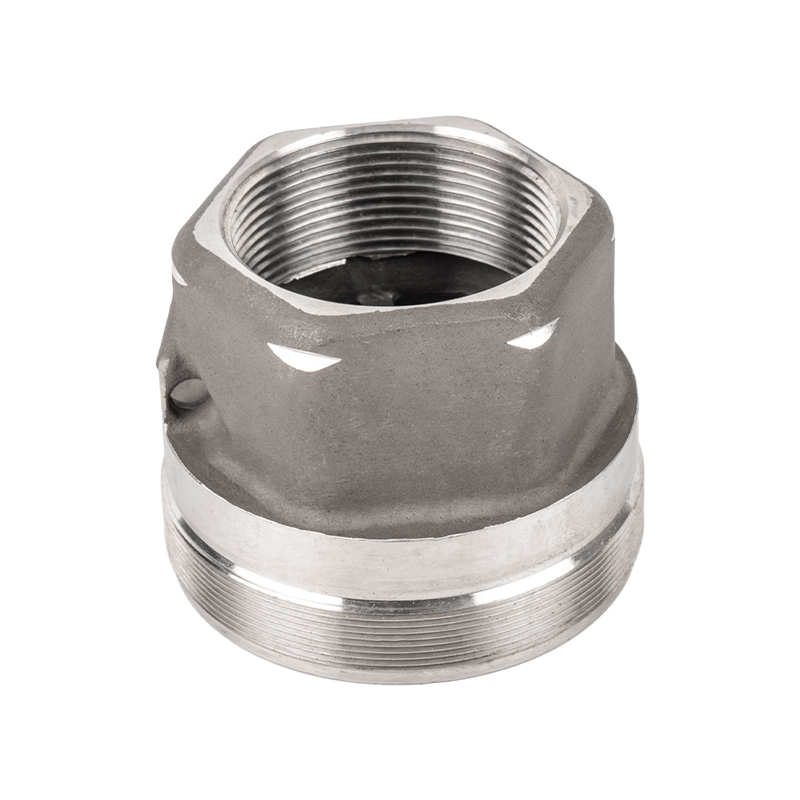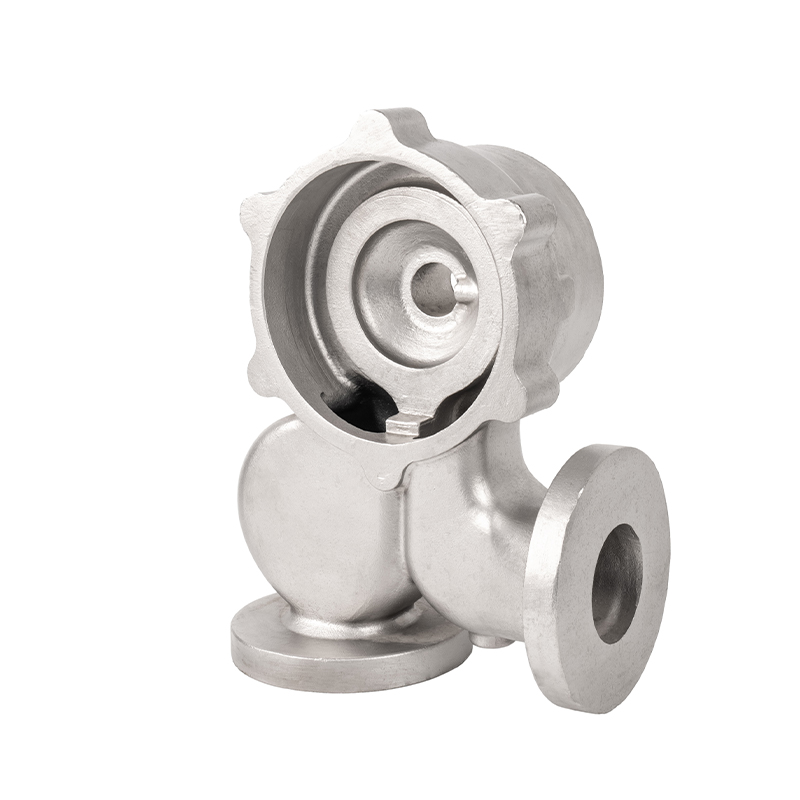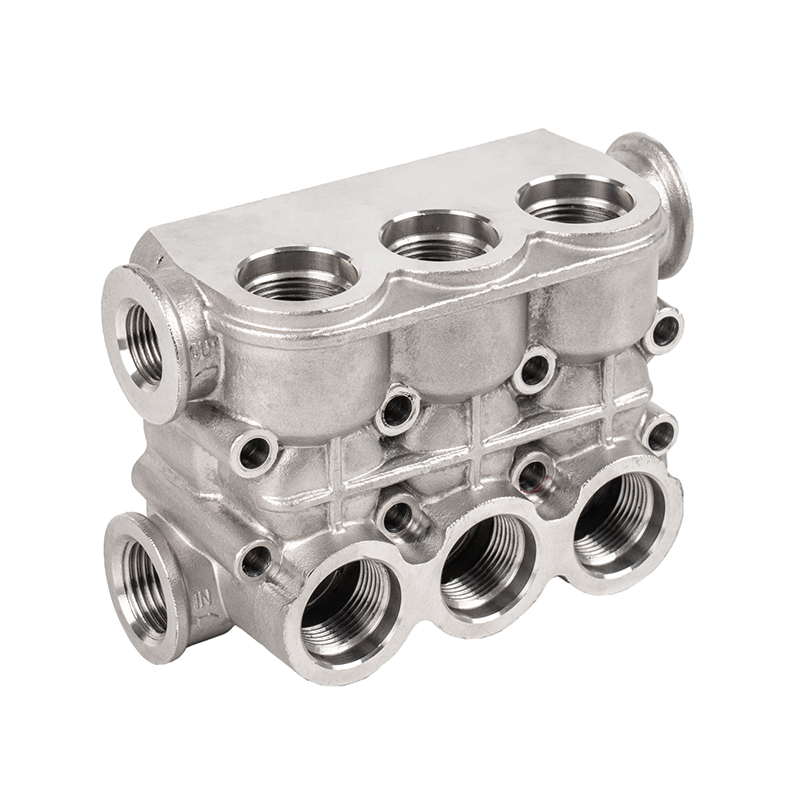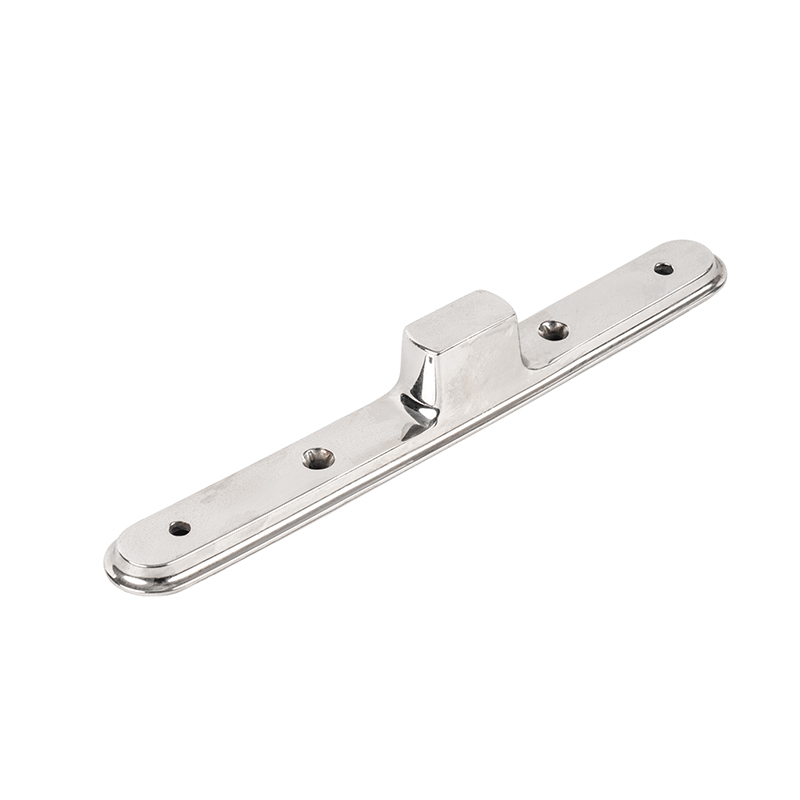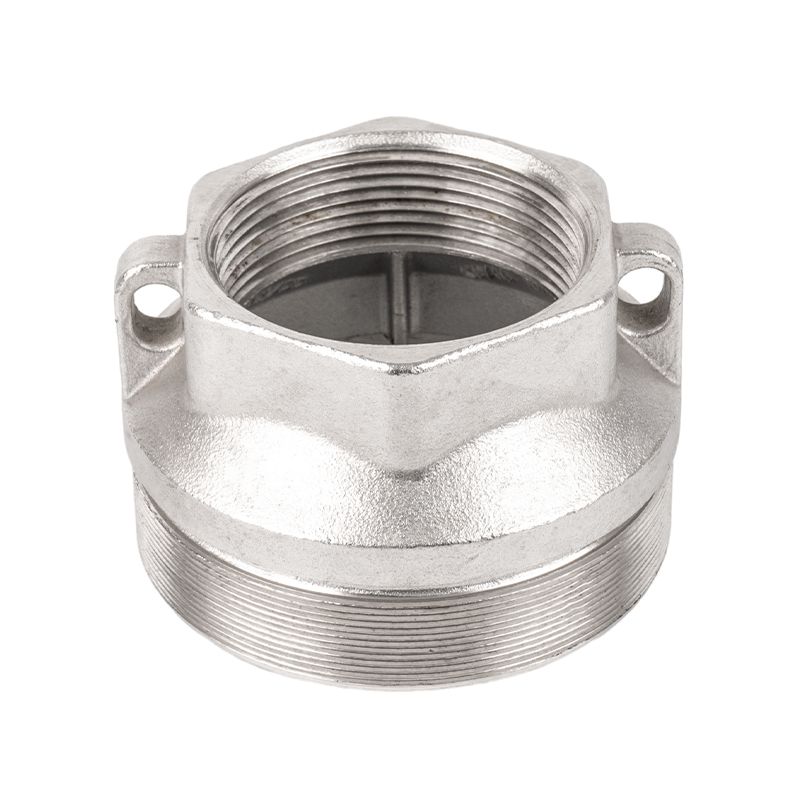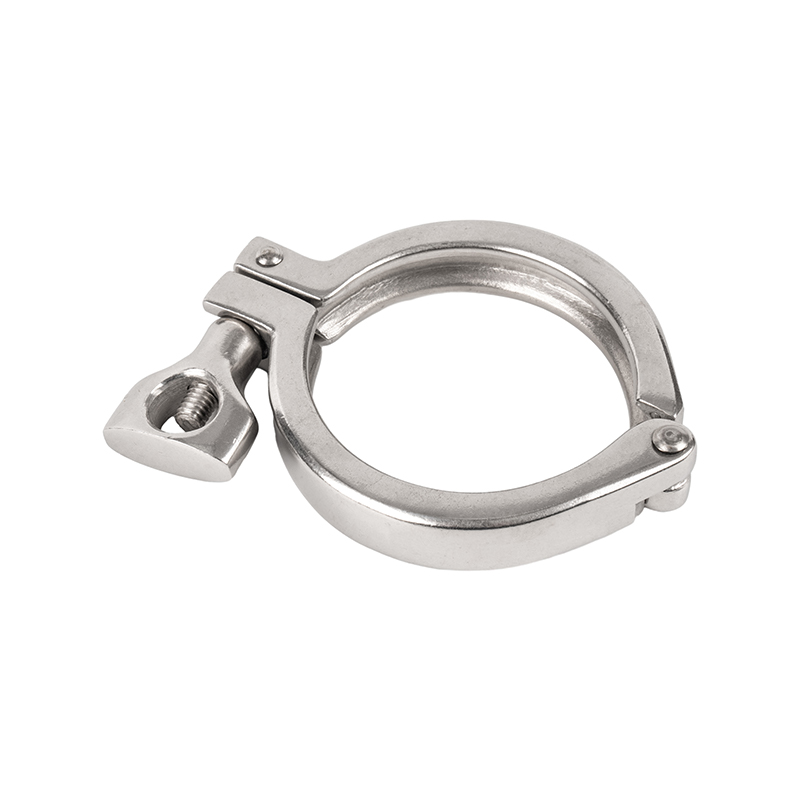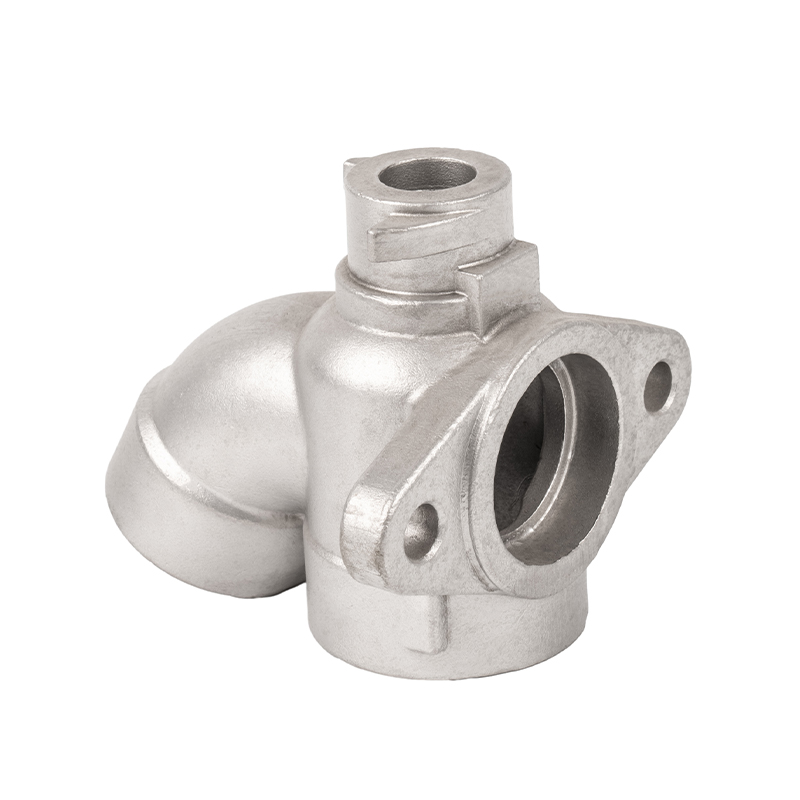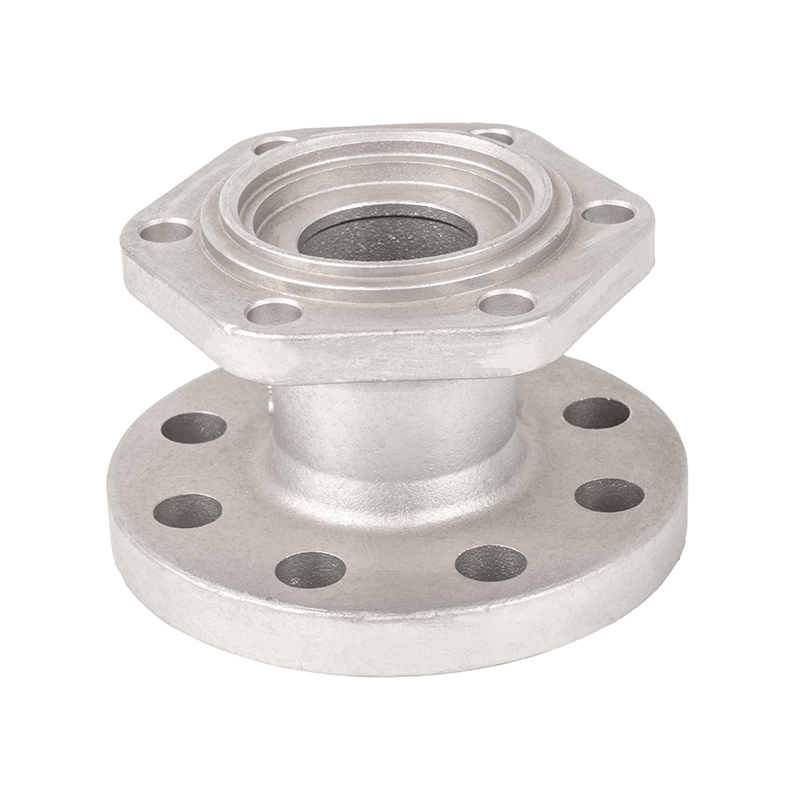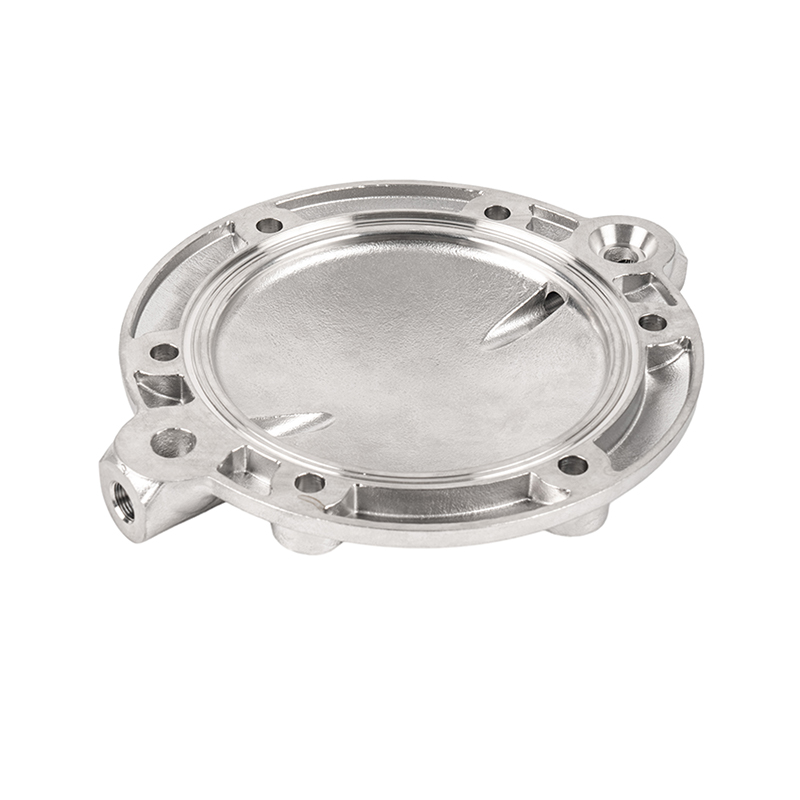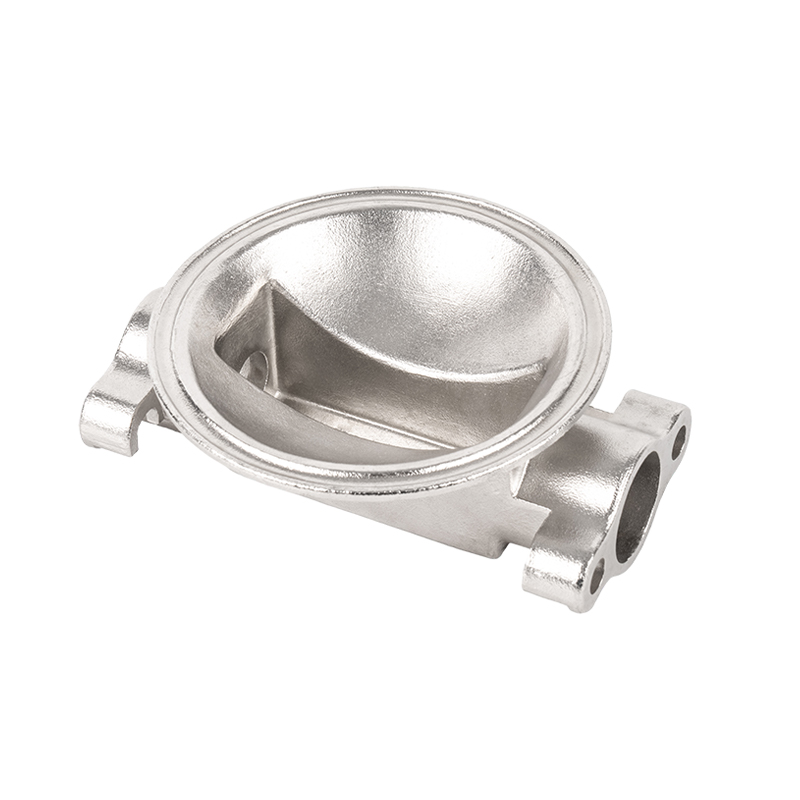What damages are prone to occur to elbow reducer castings during transportation and installation
As a key connecting component in the pipeline system, the quality and integrity of the Elbow Reducer casting are directly related to the safe operation of the entire pipeline. Transportation and installation are important stages for castings from the manufacturer to on-site use, and the damage hazards in these two links cannot be ignored. A deep understanding of common damage types will help related companies improve their protective measures and ensure the performance and service life of castings.
Damage that is easy to occur during transportation
Surface damage caused by mechanical collision
During transportation, the castings collide with each other or with the transportation vehicle, often resulting in surface scratches, pits and even cracks. In particular, the Elbow Reducer casting has a complex structure and uneven wall thickness, and collisions are prone to cause local deformation and crack hazards.
Fatigue damage caused by vibration
During long-distance transportation, vehicles vibrate frequently. If the castings are not well fixed and buffered, microcracks will be generated due to repeated stress concentration, and long-term accumulation may cause fatigue damage.
Corrosion caused by insufficient protective measures
If the surface of the casting is not rust-proofed or the packaging is not tight, it will cause oxidative corrosion when exposed to moisture and salt. Especially in the marine environment, salt spray corrosion is faster, affecting the performance of the casting.
Damage to packaging materials
Damage to transportation auxiliary materials such as packaging boxes and pallets will expose the castings, increase the risk of mechanical collision and environmental erosion, and affect the overall protection effect.
Common damage during installation
Structural deformation caused by improper lifting
Elbow Reducer castings are large in size and heavy in weight. If the lifting point is wrong or the lifting equipment is inappropriate during lifting, it is easy to cause local deformation of the castings, affecting the sealing and matching accuracy.
Cracks and peeling caused by collision during installation
The construction site environment is complex, and the castings collide frequently with other equipment or tools, which is easy to form surface cracks, gaps or coating peeling, increasing the risk of corrosion and leakage.
Stress concentration caused by uneven bolt tightening
If the bolt tightening force is uneven during installation, the casting will bear uneven loads, and local stress concentration will occur, which may cause microcracks or deformation, affecting the overall structural safety.
Sealing surface damage
The sealing surface is the key part to ensure that the pipeline does not leak. If it is damaged or contaminated during installation, it will cause a decrease in sealing performance and cause a medium leakage accident.
Surface coating damage
The anti-corrosion coating is easily damaged by friction and impact during the installation process, exposing the metal surface, accelerating corrosion and deterioration, and shortening the life of the casting.
Comprehensive influencing factors
The connection between transportation and installation links
If the on-site reception and handling are improper after transportation, the casting is prone to secondary damage. The lack of a systematic handover inspection process leads to the failure to detect and deal with the damage in time.
Environmental factors
In open-air transportation and installation environments, harsh conditions such as rain, snow, high humidity, and high salinity increase the risk of corrosion and surface damage to castings.
Personnel operation technical level
Operators who lack professional training are prone to improper operation during transportation and installation, increasing the probability of damage.
Key points to prevent damage
Reasonable packaging design
Use professional buffer materials and fixtures to ensure that the castings are stable and motionless during transportation to avoid collision and vibration damage.
Standardize the lifting process
Develop a scientific lifting plan, select appropriate lifting points and equipment, ensure that the castings are evenly stressed, and prevent deformation.
On-site safety operation management
Strengthen installation site management and personnel training, eliminate rough handling and random placement, and ensure the integrity of castings.
Improve the inspection and acceptance mechanism
Strict appearance and structure inspections should be carried out during transportation and installation to detect damage in a timely manner and take repair measures.


 English
English Español
Español русский
русский 中文简体
中文简体

